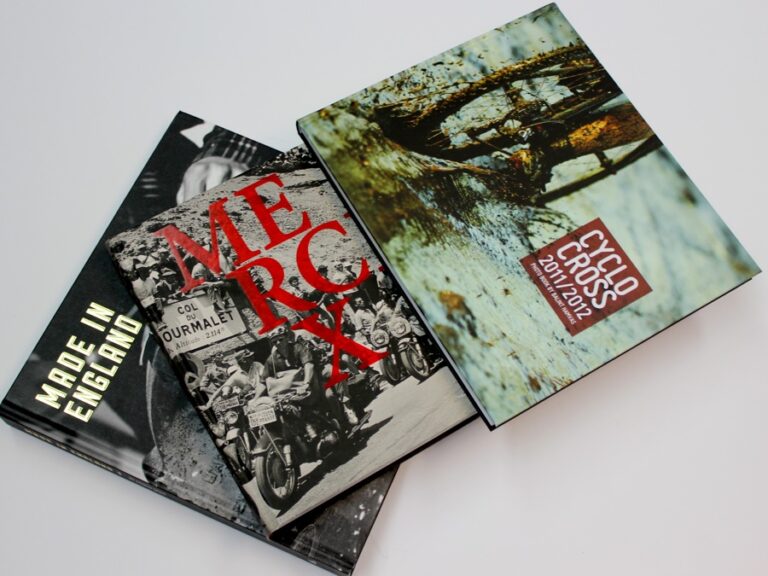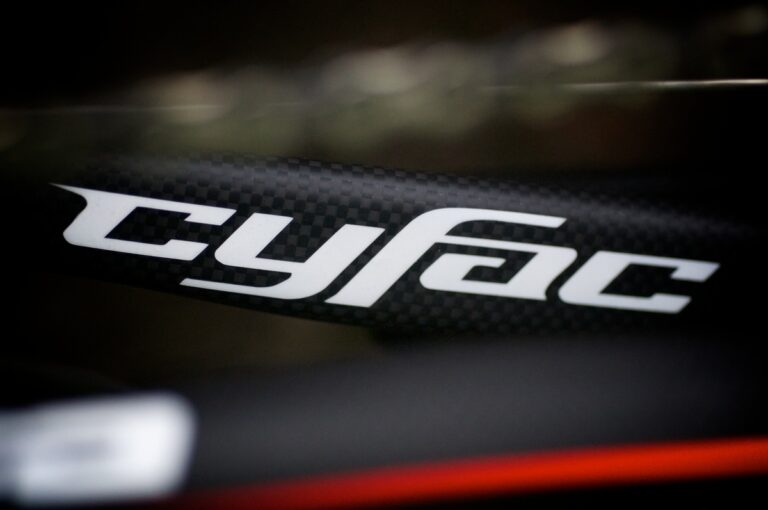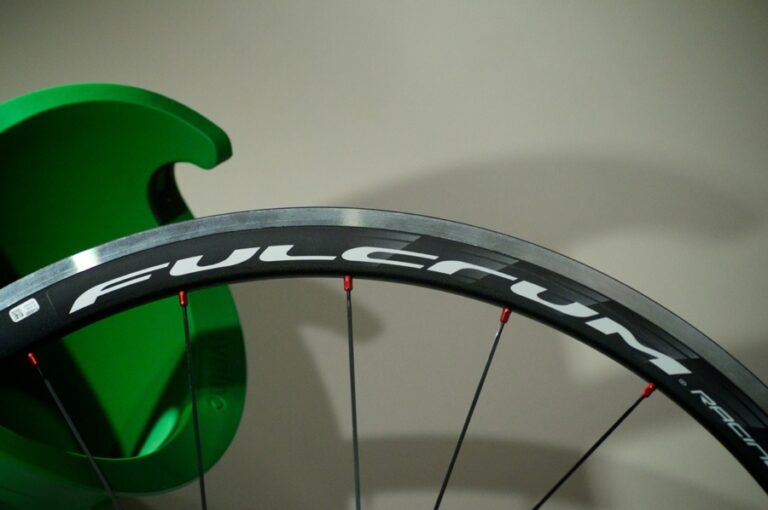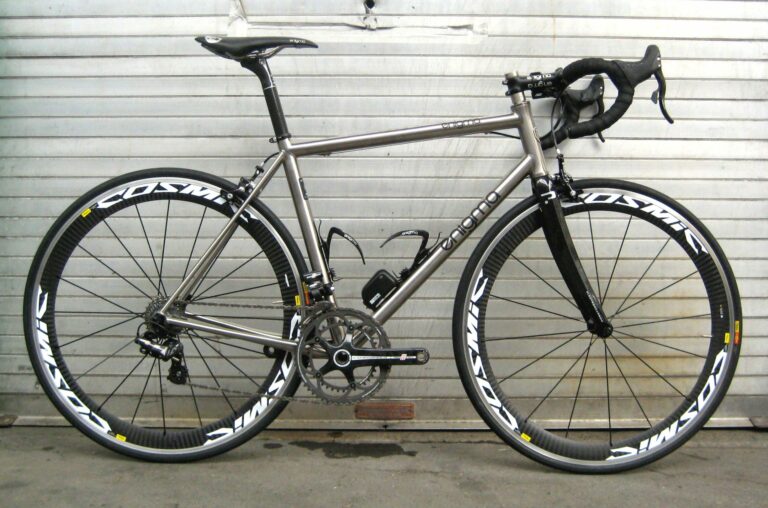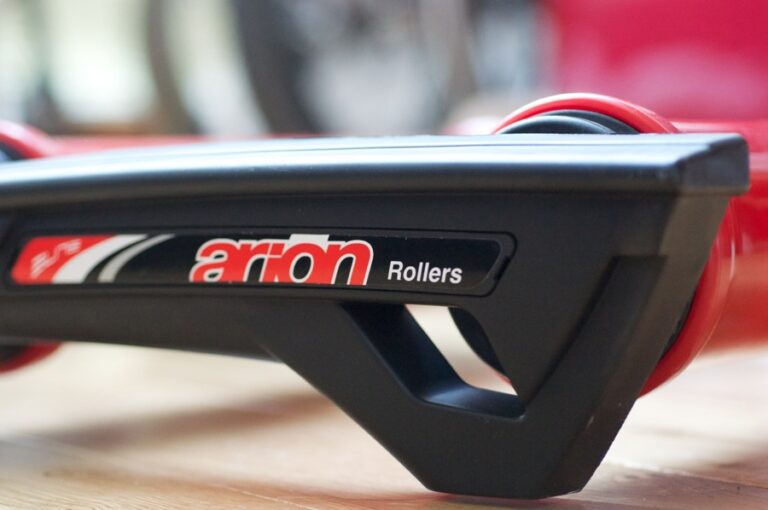It’s mid-October and the UK hill climb season is in full swing. Every weekend riders are pitting themselves against some of the country’s toughest climbs.
The race format is simple: to ride up hill as quickly as possible. Climbs vary from the short and brutally steep, to the long and arduous. Open events attract club riders and professionals alike.
Gunnar Grönlund, who rides for RST Clothing/Trigon Bikes, was crowned national hill climb champion in October 2011 after taming Long Hill in Derbyshire and will return to defend his title on The Rake, an 875m-long ascent which reaches a maximum gradient of 22 per cent, on October 28.
Here are Grönlund’s top tips for tackling a hill climb.
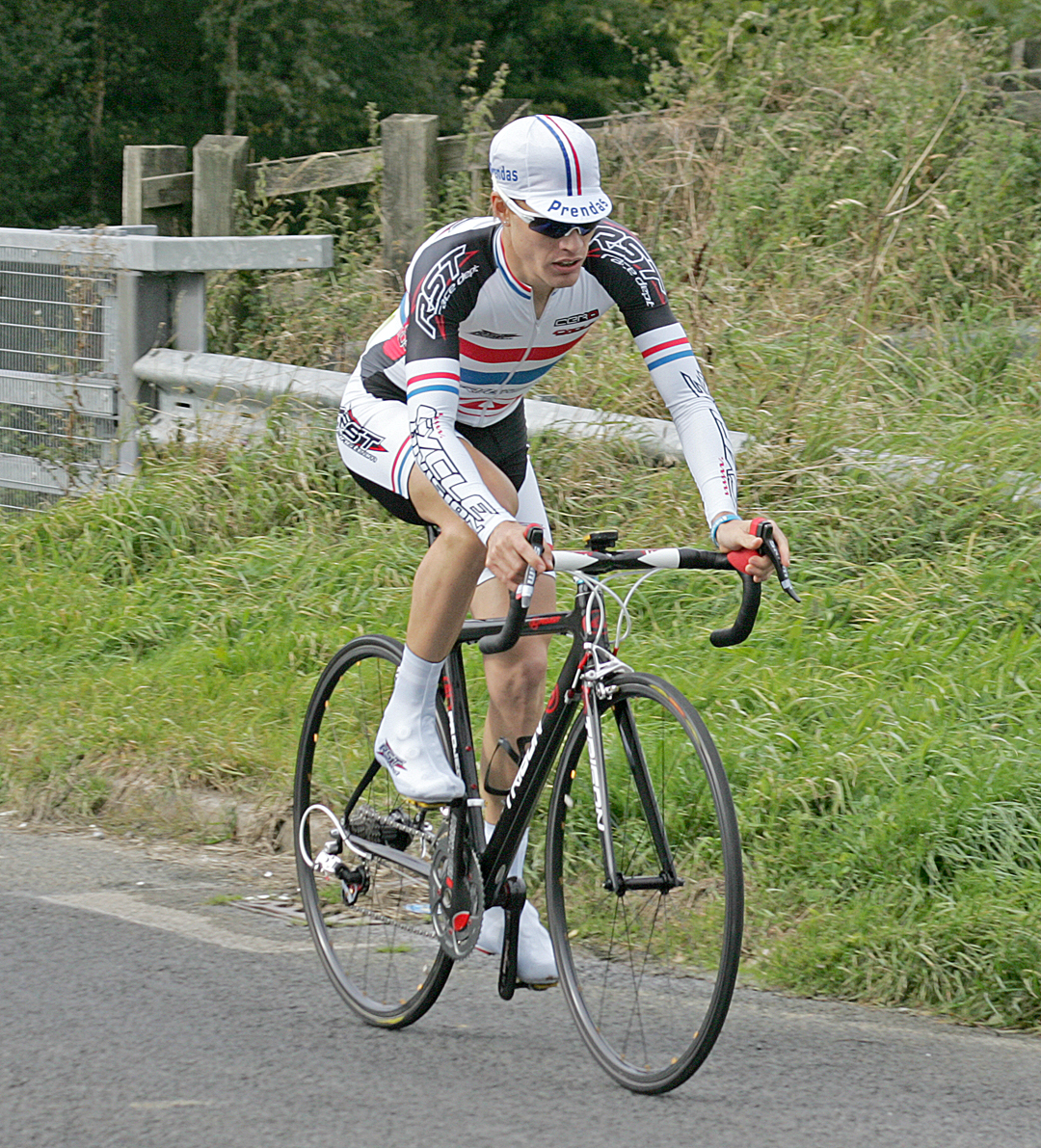
Preview the climb
I try and ride the climb a few times to get an idea of what gear I will use to ride most efficiently. If I’ve not ridden the climb before then I try and compare it to something similar that I have done. Pre-riding the climb is the most important preparation you can do.
If it’s a local climb I can ride out to, I will ride it quite a few times before the event. I want to know how long it will take to ride the climb in minutes. I’m not bothered about distance but I want to know exactly how long it will take. I will ride the climb a couple of times at a steady pace, just looking at it, assessing the gradient and road surface, and then I do it a couple of times at race pace to see how it will feel on the day.
The whole idea about pre-riding a climb is to work out a pacing strategy. So many of the races are so short and there will be really small time gaps between the riders at the finish, so getting your pacing right – more on that later – is absolutely crucial in order to win or do well in the race.
Equipment
I have a special bike this year for the hill climbs, based around a Trigon SL Project carbon frame. It’s a bit lighter than my road bike and it’s important to shed weight where you can for a hill climb. I run a different setup every weekend depending on the course but my bike usually weighs around 5.8kg.
I like to run a single chainring, if possible, to save a bit of weight and to find the best gearing for the course. Ideally you don’t want to change gear a lot on a hill climb so I always try and find the perfect gear for a course and stick to that. I will put a lot of time into finding the right gear.
I will also change my tyres depending on the course. Monsal Head (where Grönlund finished third last weekend) is a really short and steep hill climb – so steep that your rear wheel can skid a bit – so I used heavier tyres with more grip, but if it’s a longer and less steep climb I will concentrate on using a really light tyre or time trial tub instead. Changing tyres is a marginal gain, though, and it’s most important to save weight where you can.
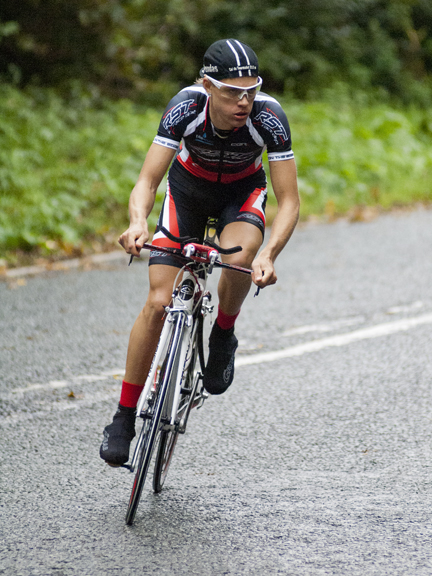
Clothing
I will always wear as little clothing as possible to save weight. I wear a skinsuit with long arms but, no matter how cold it is, I’ll never use knee or leg warmers because I think it restricts your movement.
Nutrition
Nutrition and when you eat makes a big difference. Make sure that there’s at least three hours between breakfast and your race time – sometimes even more.
I will have a fairly big breakfast of muesli and scrambled eggs, and then I’ll have a banana or gel one hour before the start – but it’s important to give it enough time to go through your system. If you feel bloated then that’s not going to do you any good. You can always eat afterwards!
Warm-up
I think a warm-up strategy is very individual but I will spend a good 40 minutes on the turbo trainer. I have the same routine that I do for anything really, regardless of whether it’s a time trial or a hill climb. I will spin for a bit to get the legs going then put in a few bigger efforts.
I don’t think there’s any secret to the warm-up, it’s just about being prepared. If it’s a really short hill climb, under two minutes, then I will do some really hard bursts but otherwise it’s more about getting the legs and breathing going.
Pacing
A hill climb is like a time trial – don’t go out too hard and always leave a little bit in the tank. It sounds so easy but when you’re racing there’s so much adrenaline, especially at the start, that it’s easy to just sprint out of the blocks – but, even if it’s a really short climb, try and hold back a bit.
There are so many people who find themselves in the red zone even before halfway and if you’re standing still at the top then you’ll lose a lot of time – and a lot of hill climbs have a real kick towards the end. It’s so important not to start too hard.
Climbing technique
It’s more efficient to climb in the saddle and that’s my preferred technique – but obviously if it’s really steep then you have to get out of the saddle! Rather than change down a gear, I prefer to get out of the saddle, get the gear back up to speed and then sit back down.
I never ride a fixed gear bike. I like to have the option to change gear, although only ever once or twice. Changing down is something I try to avoid at all costs when I’m racing. Mentally you want to put it into an easier gear but by that time you’ll already be at your limit so you’ll suffer just as much even if you go down a gear.

